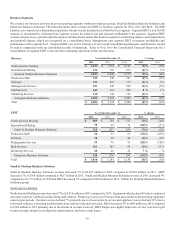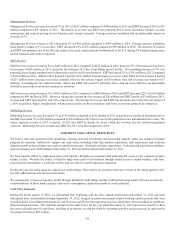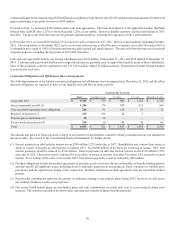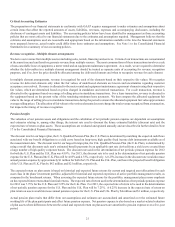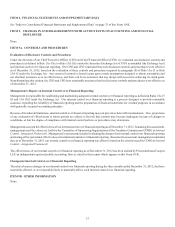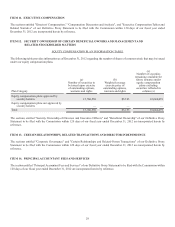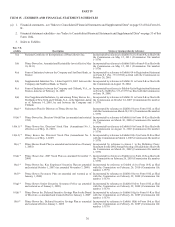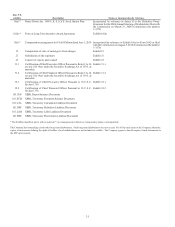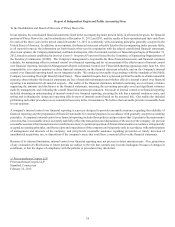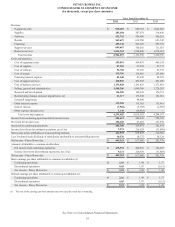Pitney Bowes 2012 Annual Report Download - page 44
Download and view the complete annual report
Please find page 44 of the 2012 Pitney Bowes annual report below. You can navigate through the pages in the report by either clicking on the pages listed below, or by using the keyword search tool below to find specific information within the annual report.26
ITEM 7A. QUANTITATIVE AND QUALITATIVE DISCLOSURES ABOUT MARKET RISK
We are exposed to the impact of interest rate changes and foreign currency fluctuations due to our investing and funding activities and
our operations denominated in different foreign currencies.
Our objective in managing our exposure to changing interest rates is to limit the volatility and impact of changing interest rates on earnings
and cash flows. To achieve these objectives, we use a balanced mix of debt maturities and interest rate swaps that convert the fixed rate
interest payments on certain debt issuances to variable rates. At December 31, 2012, approximately 17% of our debt was at variable
rates, including the fixed rate debt that has been swapped to variable rate through interest rate swaps. A one-percentage point increase/
decrease in the effective interest rate of our variable rate debt in 2012 would have reduced/increased 2012 pre-tax income by $7 million.
Our objective in managing our exposure to foreign currency fluctuations is to reduce the volatility in earnings and cash flows associated
with the effect of foreign exchange rate changes on transactions that are denominated in foreign currencies. Accordingly, we enter into
various contracts, which change in value as foreign exchange rates change, to protect the value of external and intercompany transactions.
The principal currencies actively hedged are the British pound, Canadian dollar and Euro.
We employ established policies and procedures governing the use of financial instruments to manage our exposure to such risks. We do
not enter into foreign currency or interest rate transactions for speculative purposes. The gains and losses on these contracts offset changes
in the value of the related exposures.
We utilize a "Value-at-Risk" (VaR) model to determine the potential loss in fair value from changes in market conditions. The VaR model
utilizes a “variance/co-variance” approach and assumes normal market conditions, a 95% confidence level and a one-day holding period.
The model includes all of our debt, interest rate derivative contracts and foreign exchange derivative contracts associated with forecasted
transactions. The model excludes all anticipated transactions and firm commitments and account receivables and payables denominated
in foreign currencies, which certain of these instruments are intended to hedge. The VaR model is a risk analysis tool and does not purport
to represent actual losses in fair value that will be incurred by us, nor does it consider the potential effect of favorable changes in market
factors.
During 2012 and 2011, our maximum potential one-day loss in fair value of our exposure to foreign exchange rates and interest rates,
using the variance/co-variance technique described above, was not material.


